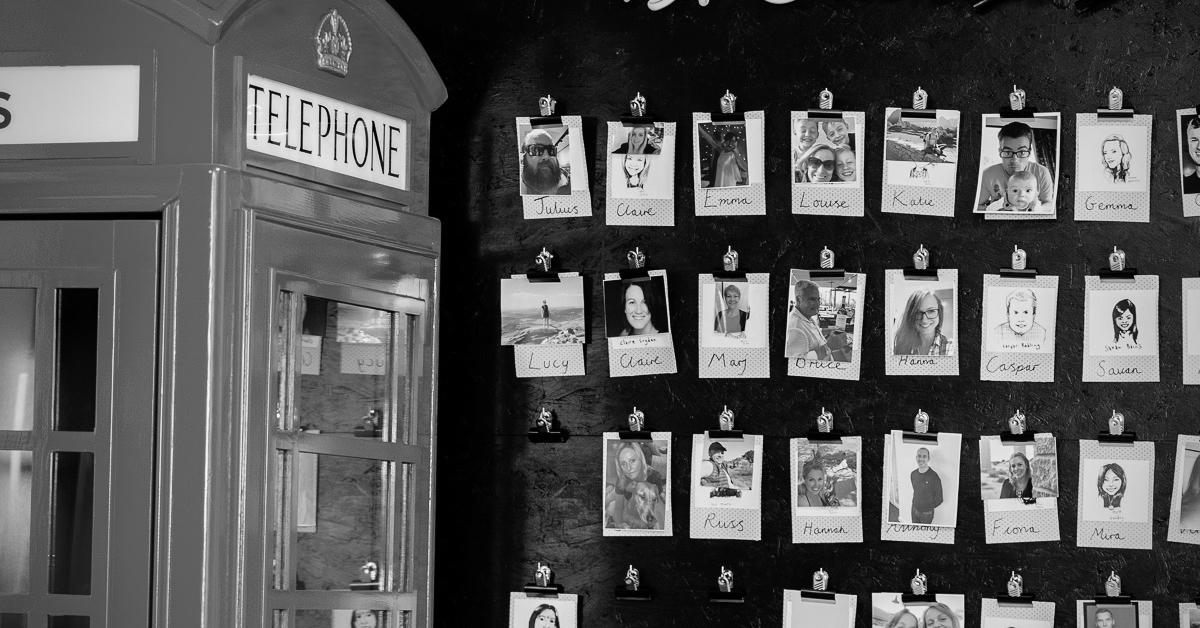
The Victoria and Albert Museum is one of those very British institutions that we all love. From the very beginning in the 1800s, its founders, Prince Albert and Queen Victoria set out not only to provide an establishment to educate designers and manufacturers, but to bring art to the public. Today, the museum houses art collections spanning 5000 years, representing a vast range of art movements and styles, including Art Nouveau, Art Deco, Rococo, Baroque and Surrealism and cultures and periods in history, such as Europe 1600‑1815 and Islamic Middle East. These collections contain all kinds of artefacts ranging from jewellery and clothing to furniture, sculpture, prints, textiles and ceramics.
There is a mine of information in these permanent collections and students, academics and art lovers in general from all over the world take inspiration, but the museum has really appealed to the masses through its temporary exhibitions focusing on icons of our time such as fashion designers Mary Quant and Alexander McQueen and music legend, David Bowie, as well as defining periods in recent history, such as the 1960s covered under the exhibition “You Say You Want A Revolution? Records and Rebels - 1966-1970” (held in 2016‑2017), extending the museum’s reach to other areas of popular culture, including music and politics of the time. The Alexander McQueen exhibition entitled “Savage Beauty” was a sell-out in 2015. The only way for some to gain access to the exhibition was to buy museum membership. “David Bowie Is” in 2016 and “Christian Dior: Designer of Dreams” in 2019 were also hugely popular. The museum’s extremely successful curation of exhibitions showcasing the work of icons from the fashion and music worlds has extended its appeal to a wider audience and at the same time it has helped to increase revenue from these ticketed events and drive up paid membership of the museum which play their part in enabling the museum to continue to bring art to the public.
Another way in which the museum continues to achieve the mission set out by its founders, Victoria and Albert, is through brand licensing. Over the years, the museum, under its abbreviated trading name, The V&A, has become a widely recognisable and hugely respected brand in its own right. It is used across all of the museum’s offerings from visitor information to exhibition design and promotional materials, academic research and its restaurants. The name has always been synonymous with innovation, style and quality and of course, these values are hugely marketable.
The museum’s very successful brand licensing programme has been running for more than 20 years. Its historical textile and wallpaper prints lend themselves particularly well to clothing and homeware products, but the licensing programme spans a wide range of other categories, including jewellery, furniture, stationery and crafts. The museum now has over 85 licensed partners across more than 70 countries worldwide. The museum has collaborated with the likes of John Lewis, Sofa Workshop, People Tree (sustainable and fairtrade fashion), Coco de Mer (lingerie), Oasis (clothing line), Arley House (homeware), KitchenCraft (water bottles, mugs, teapots, etc) and even Samsung for the digital display of art works through its The Frame TV.
The V&A has won many brand awards. Most recently, at the Brand & Lifestyle Licensing Awards held in March 2020, it was a finalist in three categories: the Best Brand Licensed Adult Apparel Product or Range category for the V&A AW19 Collection from People Tree and in the Best Brand Licensed Homewares, Kitchen & Tabletop Product or Range category for the V&A X Built Collection from KitchenCraft and in the Best Brand Licensed Home Décor Product or Range category for the V&A Archive Views Range from Surface View.
Profits from the licensing sales go back into the museum, supporting its mission to enrich people’s lives through art.
Brand licensing may be a step too far for art purists, but if it helps to keep this great institution alive and bring art to the masses, particularly during this difficult time of lockdown when museums cannot open to the public, then it can be no bad thing.
Send us your thoughts:
Would you like to read more articles like this?
Building 1000
Cambridge Research Park
CB25 9PD
Fax. 01223 425258
info@iamstobbs.com
Privacy policy
German office legal notice
Cookie Declaration
Complaints Policy
Copyright © 2022 Stobbs IP
Registered Office: Building 1000, Cambridge Research Park, Cambridge, CB25 9PD.
VAT Number 155 4670 01.
Stobbs (IP) Limited and its directors and employees who are registered UK trade mark attorneys are regulated by IPReg www.ipreg.org.uk



